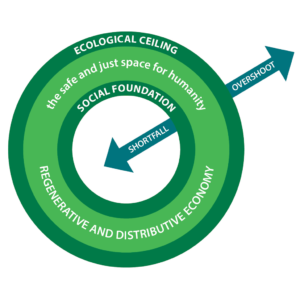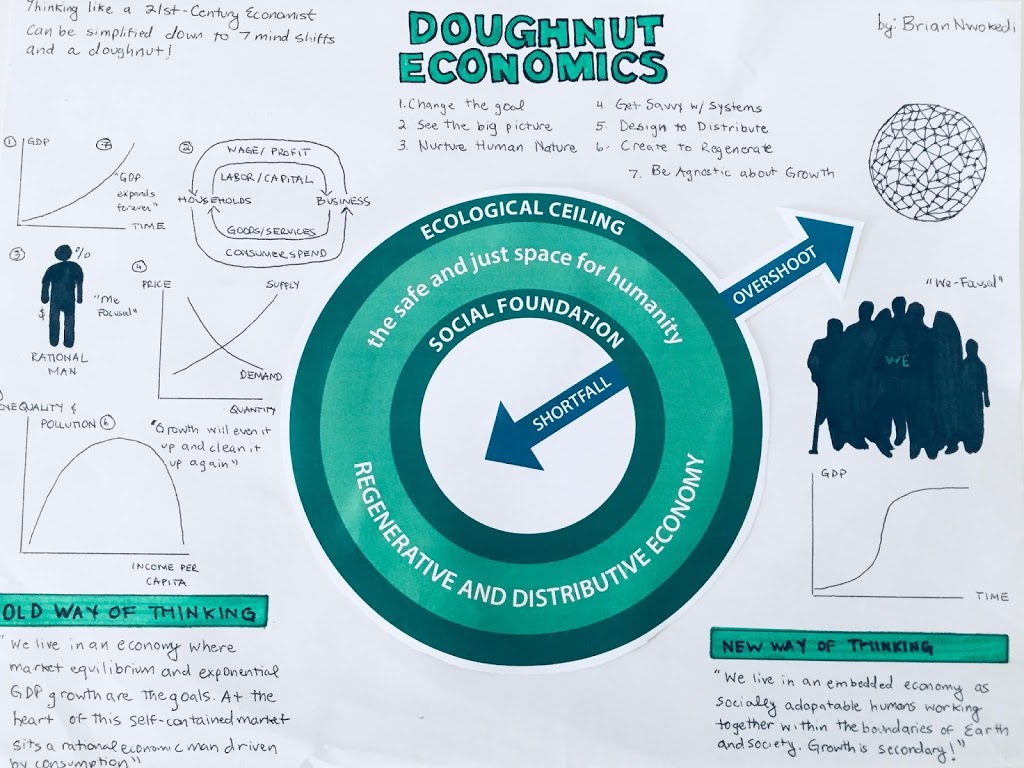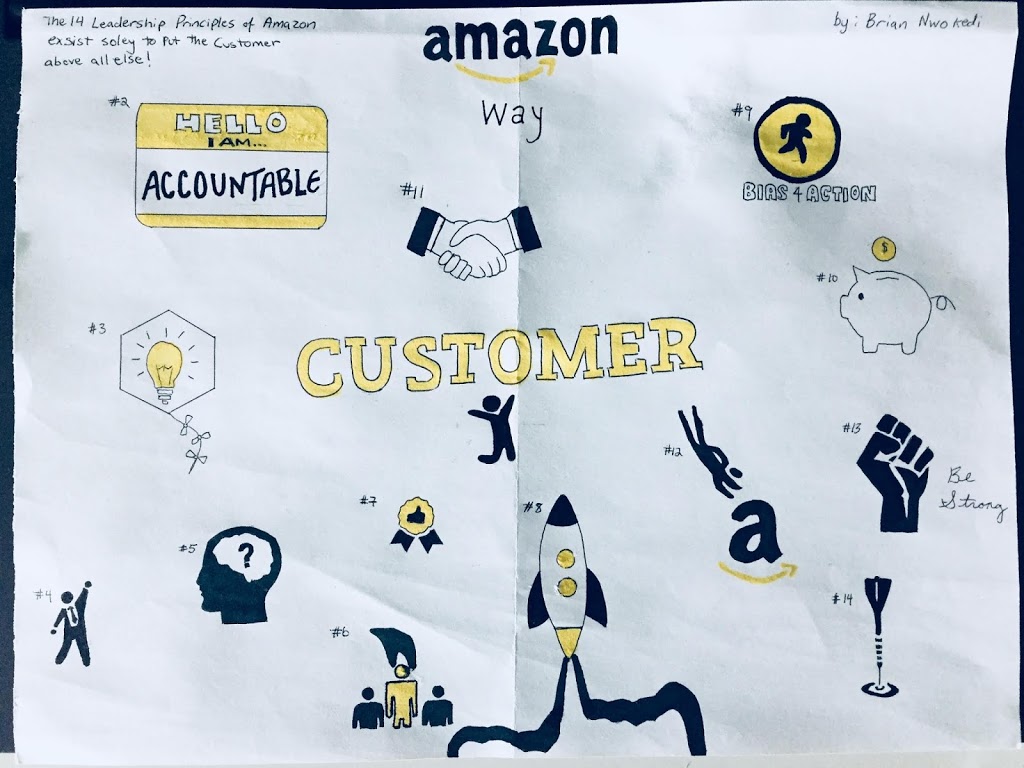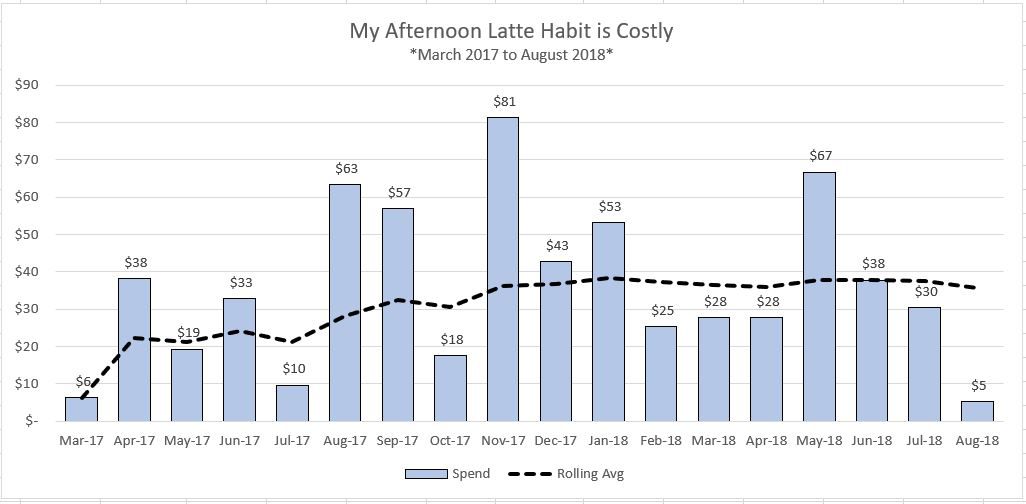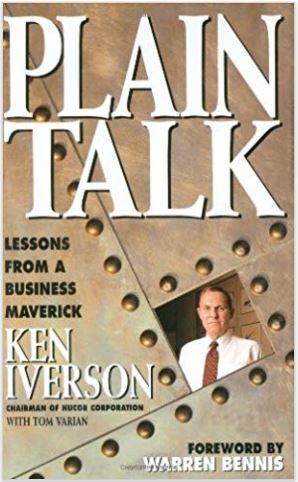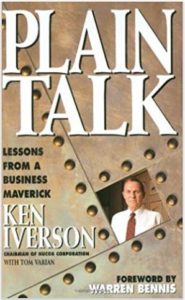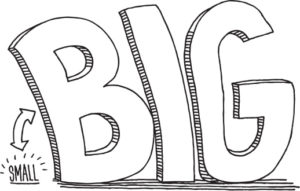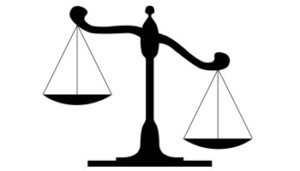Purpose of this article: to give you a strategy to turn to when you can’t get a credit card because of limited or no credit history. Please note that we are not paid to recommend products like this, and our decision to do so is solely based on our experiences and our client’s experiences with this product.
Overview
Building credit from scratch is one of the hardest financial things you will embark on as you start your financial well-being journey. Credit card companies want you to have a solid credit history, but it’s simply hard to start building the needed history when no one will give you a card in the first place.
In our post entitled “How to Build Credit from Scratch” we suggest that even though you are just starting out, you should apply for a credit card even with limited or no credit history. For some of you, this strategy will work in your favor and you will be able to obtain a store credit card or an unsecured credit card (traditional credit card). But for some of you, this strategy doesn’t work and you are left going back to the drawing board on how to build your credit history.
The following article will introduce you to the Petal Card which will allow you to start building your credit history even though you may not have the necessary history to obtain a traditional credit card.
What Is the Petal Card?
The Petal Card was founded by Jason Gross who was looking to solve one of finances basic paradigms: It takes credit to build credit. Consequently, he set out to design a card specifically for people who have no credit scores. Their approach is simple enough: They look at your income and analyze your spending to create a digital financial record.

By analyzing your bank account transactions (with your permission of course) Petal gets a better sense for your monthly cash flows than any credit score would ever give. As a result, this approach can open up sound credit options to many people who simply don’t qualify under the traditional means of deciding credit worthiness.
On top of this algorithmic and data driven approach to making decision on your credit worthiness, the Petal Card doesn’t believe in tacking on petty annual fees or other security deposit type fees.
Will I Get a Credit Limit?
Similar to traditional credit cards you will get a set credit limit. This credit limit will be set based on your income levels and your spending patterns. Put simply, the Petal Card looks at your digital financial record to determine what credit limit you need. Based on our work with some of our clients, we have seen credit limits as low as $500 to as high as $5,000.
One thing to note about this credit limit is it’s not static. The Petal Card consistently checks your digital financial record to see if there are any updates to your income levels or spending patterns. As both factors change, your credit limit can be bumped!
Drawbacks to the Petal Card
Currently the single largest drawback to the Petal Card is that its availability is capped by the waiting list. Eventually the plan by the Petal Card team is to make this product available to all consumers. But right now, you have to join the waitlist. To apply now click here. ***As of October 2018 the credit card is now open to the general public. Waitlist will no longer apply.
The second drawback is in regards to the lack of rewards that this card will offer you. Unlike traditional credit cards, the Petal Card won’t offer you cash back or travel points. But in our opinion, this is a minor drawback. The major reward of the Petal Card is the fact that it gives you the chance to start building credit when you otherwise wouldn’t have been able to. It also allows you to build credit within a reasonable cost structure as the interest rates associated with the Petal Card are reasonable.
The last drawback we see is in regards to the sharing of your data. In this day of age of data breaches and hacks, giving up your bank account information can be a scary hurdle to overcome. However, the company will not be able to alter your account information or change anything.
Closing
The Petal Card is a really good option for you if you are looking for a credit card that is simple and has no fees. It will give you a chance to build the necessary credit history that you otherwise will not be able to do with traditional credit cards.
Get the Petal Card if you want to build your credit history from scratch and cannot obtain a traditional credit card or a store credit card. With the Petal Card, you will get access to a decent credit limit, you will avoid those pesky fees, and you will be well on your way to building your credit history.

